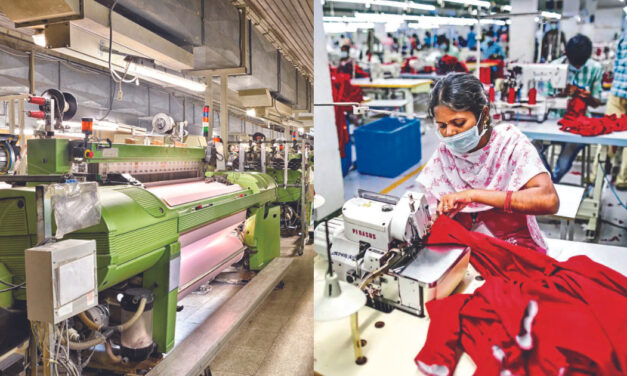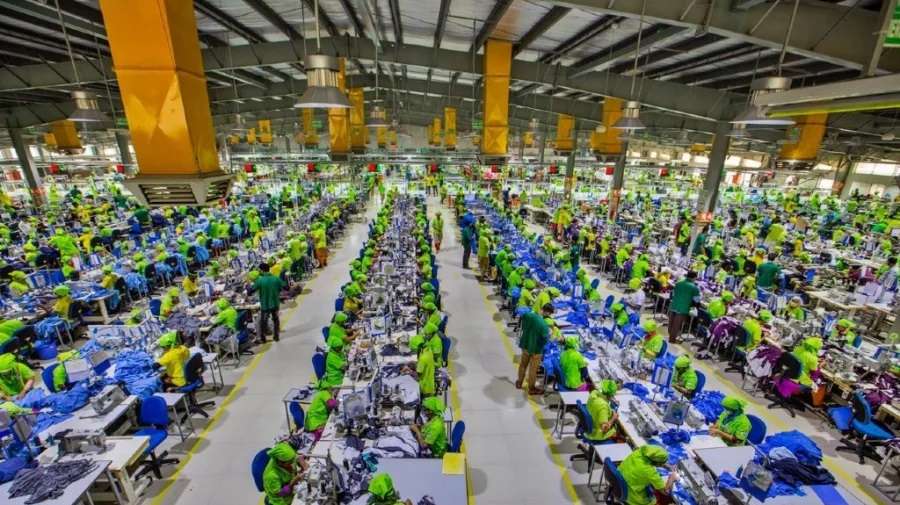
The textile industry, a key pillar of the Indian economy, witnessed a mixed bag of results in Q3 of the 2023-24 financial year. While some companies like Arvind saw profits grow, others like Century Textiles struggled with revenue dips. This indicates differing responses to market pressures within the industry. Rising input costs, particularly cotton, impacted margins across segments. Manufacturers are navigating this by exploring alternative materials and operational efficiencies. A slowdown in global demand, especially from key export markets like the US and Europe is putting pressure on export-oriented companies.
Sectoral analysis
A look at various sectors in the textile industry throws up an interesting pattern.
Fibres: The fibre segment witnessed moderate growth, driven by rising demand for man-made fibres like polyester and viscose. Cotton prices remained high, impacting yarn and fabric costs. However, some players are exploring man-made fibers and value-added products for better margins. For example, RSWM reported a decline in revenue and profit, highlighting the challenges
Yarns: Yarn exports saw positive growth due to increased global demand, but domestic demand remained sluggish due to rising input costs and competition from cheaper imports. Yarn producers like Vardhman Textiles witnessed modest growth, indicating a cautious recovery in demand
Fabrics: Fabric exports showed signs of weakness, due to global economic slowdown and rising raw material prices. Domestic demand, however, showed signs of improvement, particularly in the premium segment. Fabric manufacturers like Siyaram Silk Mills saw stable performance, suggesting resilience in the segment.
Home textiles: This segment witnessed positive growth, driven by rising domestic consumption and increasing exports to non-traditional markets. Home textile companies like Welspun India experienced positive growth, driven by rising domestic demand and exports.
Export performance
Export volume and value witnessed a decline in Q3 due to global slowdown and rising costs. Key export markets like the US and Europe remained subdued due to economic uncertainties. However, export value witnessed a slight increase in some segments like home textiles, thanks to rising product prices. Diversification into newer markets like Africa and Southeast Asia shows promise for future growth.
At the same time domestic demand remained relatively stable across segments, driven by rising disposable incomes and festive season spending. Particularly the home textiles and apparel segments saw demand growth. Focus on value-added products and online channels gave a boost to domestic sales.
Expansions and future investments
Despite challenges, some companies are strategically expanding capacities and diversifying product portfolios. Companies like Arvind and Raymond are focusing on expanding their brand presence and product portfolio. Similarly, companies, including RSWM, Siyaram, and Sutlej Textiles, announced capacity expansion plans to cater to rising domestic and export demand. Investments in technology and sustainability initiatives are also gaining traction. Sustainability initiatives are gaining traction, with companies investing in eco-friendly practices and recycled materials.
The bottomline is the future of the Indian textile industry remains uncertain, with several factors impacting its growth. Rising cotton prices, global economic slowdown, and trade tensions pose challenges. However, increasing domestic demand, government initiatives, and focus on value-added products offer opportunities. Companies that adapt to changing market dynamics, invest in innovation, and focus on sustainability are likely to thrive in the long run.












